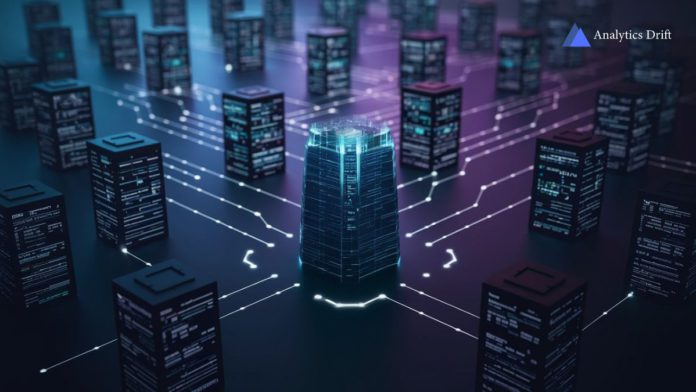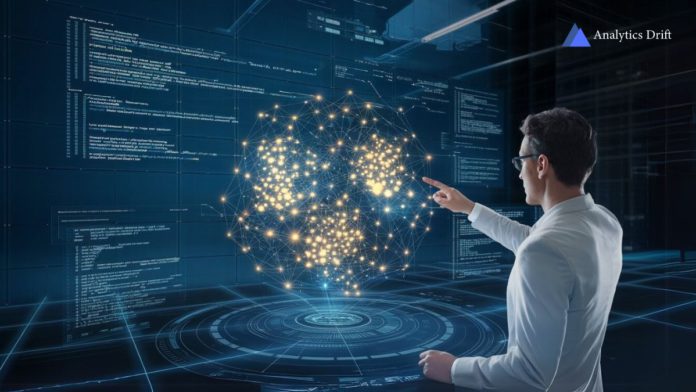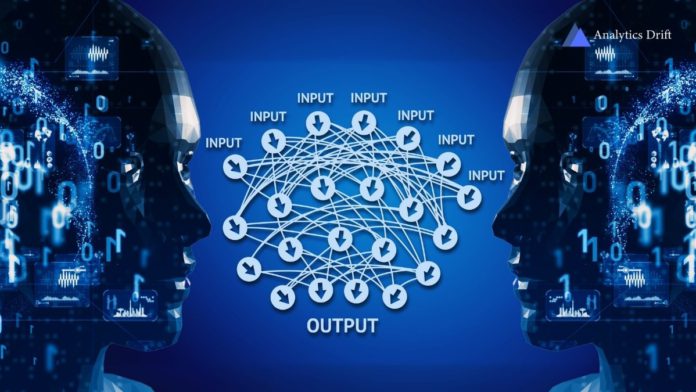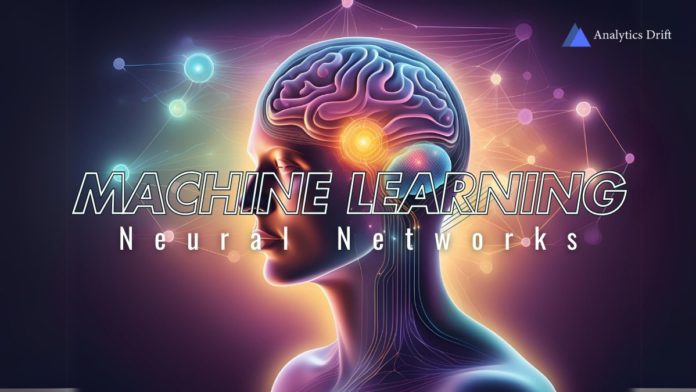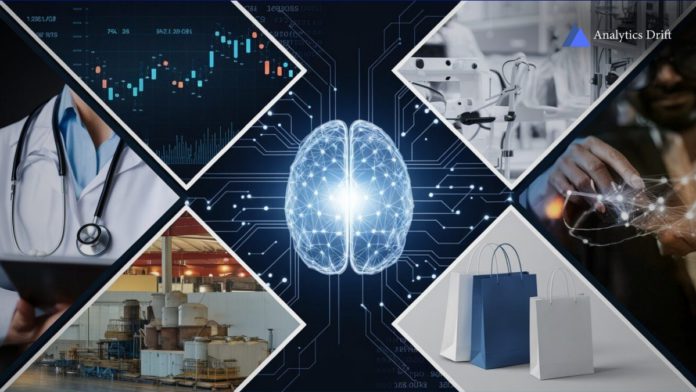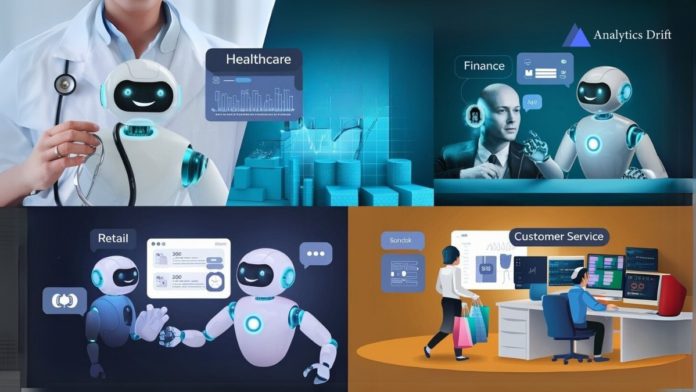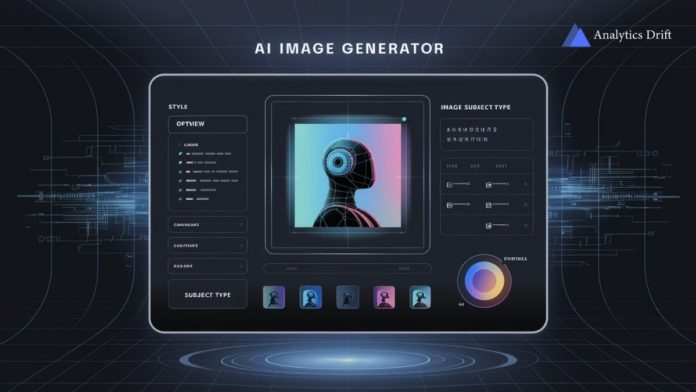For your organization to function efficiently and smoothly, all departments should share a unified data view. Working with incomplete data can lead to inconsistent, unreliable insights and unnecessary internal conflicts. This disconnect in communication can happen due to data silos. In this article, you will explore what data silos mean, how they can pose a problem for your organization, and how you can break them down.
What Are Data Silos?
Data silos refer to isolated data collections that are accessible to specific departments within your organization but not easily shared with others. It happens when teams collect, store, and manage their data independently, using separate systems or tools. This results in the fragmentation of crucial information and a lack of data visibility and transparency across the organization.
Without an integrated data infrastructure, your departments risk working with outdated data, leading to poor decision-making and missed opportunities. Data silos can make it difficult for you to pinpoint patterns, trends, and insights that could drive innovation and growth. They hinder strategic planning and increase operational costs due to poor data quality, redundant data storage, inefficient processes, and the need for manual data reconciliation.
What Are the Causes for Data Silos?
Data silos occur due to a combination of organizational, technological, and cultural factors limiting the free flow of information. This can significantly impact the collaboration between your departments and the organization’s operational efficacy. Here are several reasons that can cause data silos:
Mergers and Business Growth
As your organization expands or undergoes mergers, news departments will be formed with their own data needs and workflows. This can make consistent data sharing a challenge, contributing to the formation of data silos. Additionally, acquiring a business introduces new data systems that may not fully integrate into your organization’s existing infrastructure, increasing the risk of data isolation.
Organizational Structure and Competitive Gatekeeping
When teams within your organization operate independently, each with its own goals, resources, and data systems, it can lead to departmental silos and restricted data access. Additionally, internal competition can further worsen this issue, with teams hoarding data to maintain control or gain an advantage. This lack of collaboration between your organization’s hierarchies can slow down the flow of information and negatively impact the overall business performance.
Data Governance Policies
While data-driven governance policies are essential for ensuring data quality and security, they can unintentionally contribute to siloed data practices. If different departments have different rules for collecting, storing, and accessing data, it can create barriers to data sharing. For example, legal or compliance teams might restrict access to sensitive data due to privacy concerns.
Technological Issues
Relying on outdated legacy systems is another major cause of data silos. If your organization continues using legacy systems that were implemented when data integration wasn’t a priority, it might be difficult to overcome this issue. This is because older technologies often lack the capacity to connect with advanced data-sharing tools.
Sometimes, even modern applications might not be compatible or designed to communicate across platforms, preventing your teams from effectively sharing or cross-referencing data. Furthermore, using different technologies across different departments will only complicate your efforts to avoid data silos.
Why Are Data Silos Problematic?
Data silos can create several challenges for your organization in the long run. Here are some key issues that you might have to deal with:
- Duplication of Efforts and Dropping Productivity: When your teams don’t share data, they might end up making redundant efforts to collect the same information separately. This duplication wastes time, effort, and resources, as the same data is gathered and processed multiple times. Additionally, when each department collects and updates information at different times or in different ways, the chances of data discrepancies also increase.
- Incomplete Data View: Data silos prevent you from having a 360-degree view of your data assets. Without proper context and insights, making crucial business decisions and strategies can be damaging. You might also lose the opportunity to fully understand your customer behavior, forecast trends, and reduce operational costs.
- Compromised Data Quality and Integrity: Data silos can cause inconsistencies in data definitions, formats, and quality standards. This can compromise your data’s accuracy and reliability, leading to misleading reports, analyses, and interpretations. Over time, your stakeholders and clients might lose their trust in your data, creating huge losses for the organization.
- Poor Collaborative Environment: Having data silos can make your work environment fragmented and uncoordinated, causing issues with teamwork and knowledge sharing. For example, the product development team may not fully understand customer needs because they aren’t aligned with the marketing team’s insights on customer behavior. This can create bottlenecks in the process of making innovative solutions that can potentially meet the market demands.
- Security Threat and Non-Compliance: When you store data in isolated systems, enforcing consistent security policies across the organization becomes more difficult. With varying levels of data protection, some silos can be more vulnerable to data breaches, and complying with regulations like GDPR or HIPAA becomes challenging. If sensitive information is mishandled or exposed, it can lead to massive penalties and reputational damage.
- Limiting the Use of Advanced Technologies: Conducting advanced analyses, such as predictive data modeling, requires training AI or ML models on large and diverse datasets. However, isolated data limits your organization’s ability to leverage these models effectively.
How to Identify Data Silos Exist?
One of the first signs of a data silo is inconsistent or conflicting information across departments. If your teams report different metrics or customer insights, it’s a strong indicator that they work from separate datasets. This can lead to confusion, misinformed decisions, and a lack of a unified understanding of your customers and business operations.
Another sign is difficulty accessing data across departments. If your teams struggle to share data or collaborate due to incompatible systems or limited access permissions, it indicates that data silos exist.
Lastly, entering and updating the same information in multiple systems also hints at the presence of data silos. It shows that your systems are not integrated and lack transparency about your existing data assets, increasing the risk of operational inefficiencies and lost opportunities.
How to Break Down Data Silos?
Breaking down data silos involves a combination of technology, processes, and cultural changes within the organization.
Adopt Integrated Data Solutions
You should start implementing integrated software platforms such as enterprise resource planning (ERP) systems, customer relationship management (CRM) systems, or data lakes. These tools can help you unify data from multiple departments. You can also use cloud-based data solutions to centralize storage and accessibility.
Standardize Data Practices
You can appoint a data steward or data management team to develop uniform data management policies for all departments. Their job includes setting consistent standards for data entry, categorization, and reporting so that all teams can easily access and interpret shared information.
Promote Data Literacy
Your organization can invest in training your employees on the importance of data and how to use it effectively. This will enable you to foster a culture of data sharing and collaboration, promote data literacy, and ensure the staff is comfortable with modern technologies.
Monitor, Review, and Refine
This step involves continuously monitoring and evaluating the effectiveness of your data silo-breaking initiatives. You can conduct an audit, get employee feedback, and address any emerging challenges or bottlenecks.
Closing Thoughts
Having data silos can massively compromise the quality of your data, analyses, and reports. It can further lead to missed growth opportunities and wrong business decisions. To overcome this hurdle, you must facilitate data literacy and a culture of collaboration among teams.
By adopting integrated technology, standardizing data practices, and establishing a governance framework, you can maximize the utilization of your data assets. Overcoming silos not only improves operational efficiency but also enables better decision-making and enhanced customer insights, resulting in continued growth and success of your organization.


